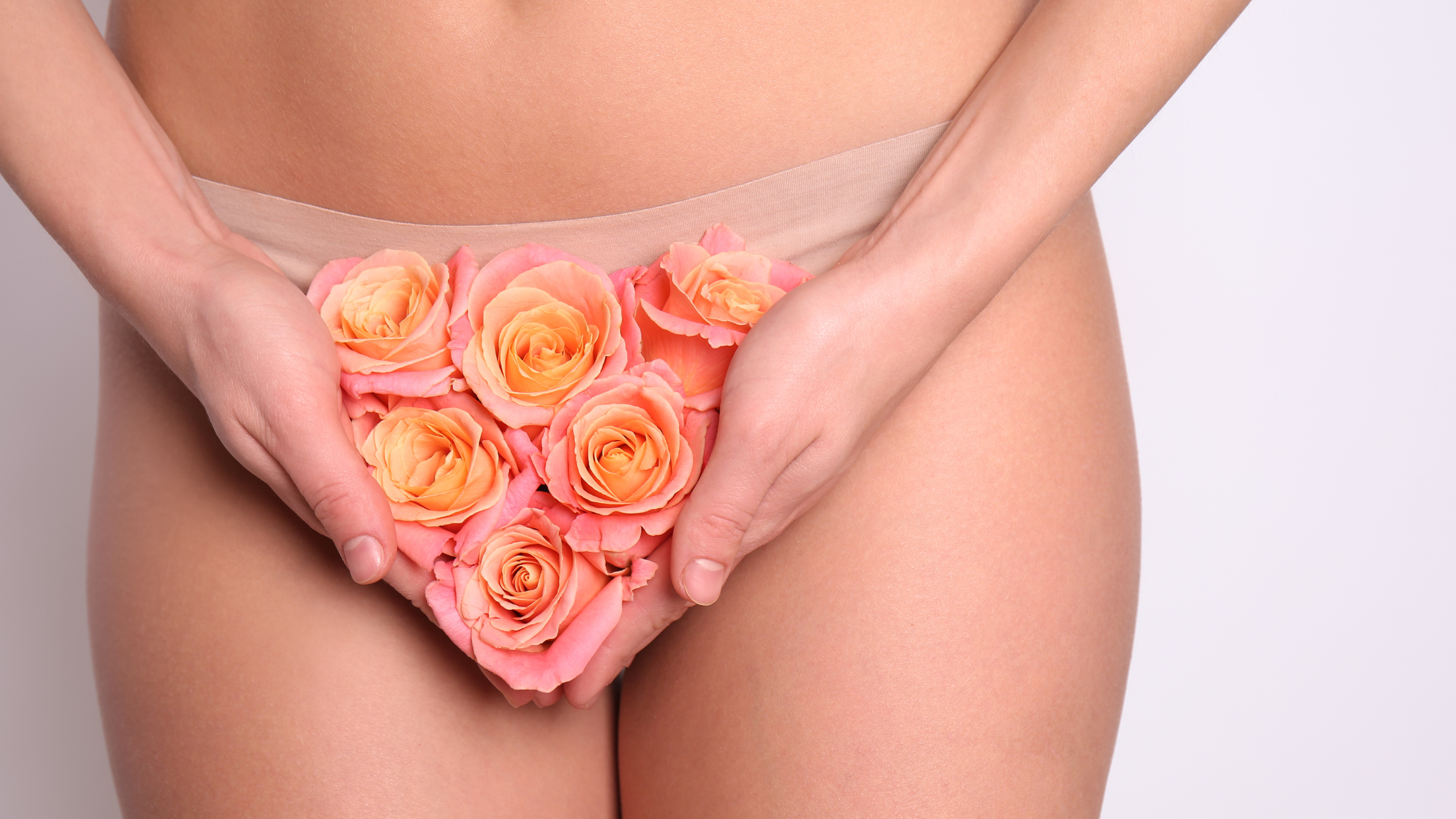How To Remove Female Cum Stain From Washable Fabrics
January 25, 2023
Removing female bodily fluids stains from sheets can be embarrassing, but it is a common problem that many people face. With this easy solution, you can effectively eliminate these stains and keep your sheets looking clean and fresh. Keep reading to learn the secret to removing female cum stains from sheets with ease.
COLOR
Cloudy white
APPEARANCE
These stains appear as a discoloration of the fabric that may be white or yellowish in color. They can be sticky or dry to the touch and may have a strong odor.
WATER TEMP
Hot (120° to 140°F)
RATIONALE FOR WATER TEMP
Hot water helps to break down any bodily fluids and make it easier to remove.
The Science Behind Female Cum Stains
Female cum or female discharge or cervical fluid, is produced by the cervix and can vary in consistency and amount depending on a woman's menstrual cycle. It is mostly composed of water and cervical mucus, and can also contain small amounts of other substances such as dead cells and bacteria. When it comes into contact with clothing, it can leave stains because the proteins and sugars in the cervical mucus can bind to the fabric fibers, making it difficult to remove. The stains may also be due to the presence of blood which can be mixed with cervical fluid during menstruation. Additionally, if the discharge is left on clothing for an extended period of time, it can dry and become harder to remove.

What You'll Need To Get Rid Of Female Cum Stains
- A stain remover or pre-treatment product specifically designed for protein-based stains, such as those containing enzymes
- A liquid laundry detergent
- A clean white cloth or sponge
- Water (cold or lukewarm)
Step By Step Process To Remove Female Cum Stains
- Blot the stain with a clean white cloth or sponge to remove as much of the discharge as possible.
- Apply a stain remover or pre-treatment product specifically designed for protein-based stains to the affected area, following the product's instructions.
- Allow the product to sit on the stain for the recommended amount of time.
- Using a clean white cloth or sponge, gently rub the stain to work the product into the fabric.
- Wash the garment in cold or lukewarm water, using a liquid laundry detergent.
- Check the garment for the stain before drying. If the stain is still visible, repeat the process before drying the garment.
- Do not use hot water as it can set the stain and make it harder to remove.
- Be sure to read and follow the care label instructions on the garment, as some fabrics may require special handling or may not be safe to treat with certain products.
- Avoid using chlorine bleach, as it can cause discoloration or damage to some fabrics.
In Brief
Female discharge, also known as cervical fluid, is a mixture of water, cervical mucus, and other substances. It can leave stains on clothes due to the presence of proteins and sugars that bind to fabric fibers. To remove these stains, use a stain remover or pre-treatment product designed for protein-based stains, a liquid laundry detergent, a clean white cloth or sponge, and cold or lukewarm water. Read and follow the care label instructions on the garment and avoid using hot water or chlorine bleach.
Want to share this?
